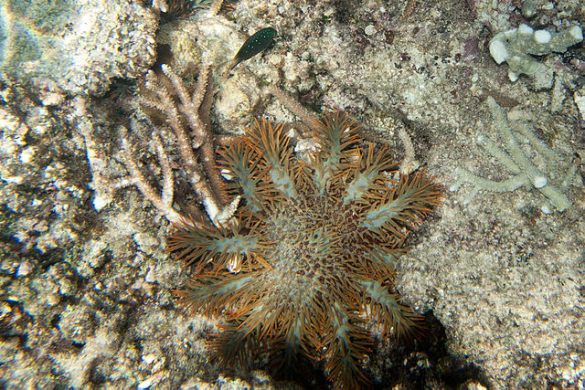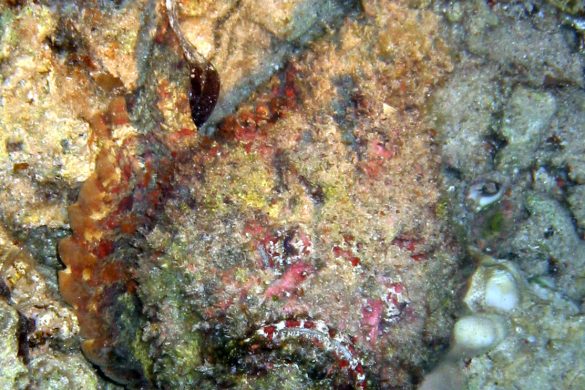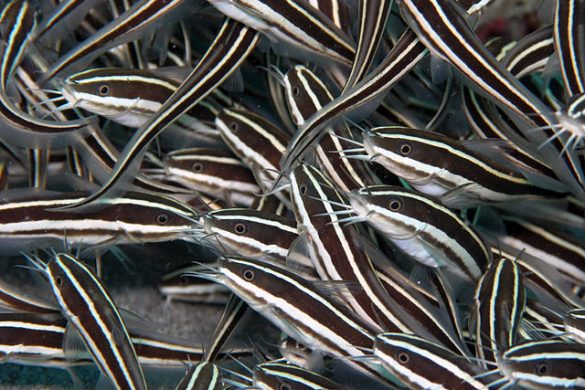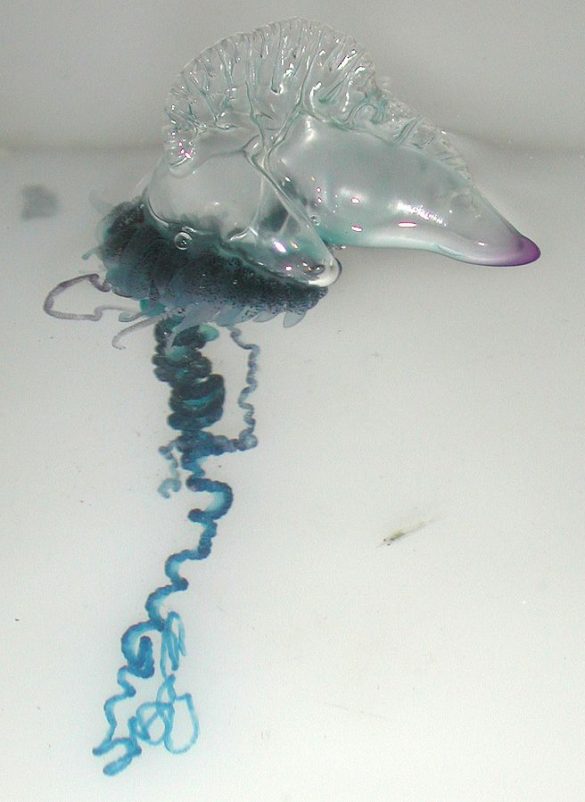EMERGENCY NUMBERS
Local police: 110
Ambulance: 119
Maritime accidents: 118
TYPHOONS, EATHQUAKES & TSUNAMI
Check The Japan Meteorological Agency for up to date information on nature alerts.
TYPHOONS
The typhoon season in the Yaeyama islands is basically during September. Earlier or later also happen.
- Airplanes and other transportation may be cancelled. Check these services before travelling to the Yaeyama archipelago, try to change your flight. During a typhoon, you have to stay inside for a longer period of time.
- There is a danger of being hit by flying objects. Avoid going out and remain in your accommodation.
- Even when the wind and rain subside, check the weather information carefully before going out.
If you hear the tsunami alarm:
- Shout to warn people swimming in the ocean and quickly get away from the sea.
- Evacuate to a high area or a tall, strong building.
EARTHQUAKE
What to do during an earthquake:
In accommodation
- Check the evacuation route
- Wait for the earthquake to subside and follow the directions of staff
Outdoors
- Get away from concrete blocks, walls, cliffs, rivers and narrow alleyways
When driving
- Don’t stop your car suddenly. Stop slowly and wait for the earthquake to subside
Beware of a tsunami
- A tsunami may follow, so evacuate coastal areas for higher areas or a tall, strong building
OCEAN & BEACHES
- The ocean in the Yaeyama islands is stunning, but be aware of hazards. There can be dangerous currents, jelly fish, man-o-war and other harmful creatures out there. They won’t hurt you if you avoid touching or provoking them unnecessarily.
- Only swim if you learned to swim. If not, wear a life vest and swim with professional guides.
- Avoid swimming alone and when the ocean is rough. Take a break on time.
- If you’re snorkelling for the first time, learn from an expert/instructor and practice in shallow water first.
- Not all beaches are protected by safety nets and beach guards. If you choose to swim here, consequently you do so at your own risk. Unfortunately every year the ocean still claims peoples lives. So please be careful.
- Check the weather and tides.
- Don’t go in the water if you’re not in a good condition. Don’t drink alcohol.
- Don’t go behind the reefs as the currents can be strong. There are places with strong currents that can bring people out into open sea. For example the ocean at Yonehara beach.
- Avoid touching anything in the ocean unless you know exactly what it is.
- Use sunscreen and drink enough water.
- It depends on the season and the location, but because of winds and currents, a lot of waste material can be found from other places around Japan. Waste and tropical beaches just don’t go together. It’s a large worldwide problem, and we should take care of it together. So please take your garbage with you when leaving the beach. Keep the beach and water clean.
Read here, which beaches have safety nets and beach guards.
What to do if you’re carried out to sea by a strong current?
- Don’t panic, try to stay calm
- Don’t swim against the current, you’ll get easily tired, but try to swim parallel to the shore across the current
- Signal for help
- If you can’t get out, the best thing to do is to go with the flow and as soon as the current stops, return from there
- When you feel, you’re out of the current try to reach the nearest land
UV
The ultraviolet rays in the Yaeyama islands are stronger than in other parts of the world. To avoid damaging your health, take precautions against it:
- Use sunscreen and wear sunglasses
- Drink frequently
- Wear a hat, stay in the shade and avoid the sun at the highest point of the day
DANGEROUS CREATURES & FIRST AID
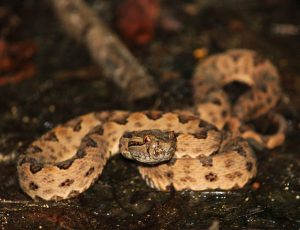
Habu – Wikipedia (Koolah)
Habu:
Check if it was a habu bite. Within 5 minutes, the bitten area swells and becomes very painful. Don’t run, because the poison circulates faster. You have to go to hospital immediately to receive a serum. If you have to walk, go slowly.
Suck the blood and poison out from the wound. The poison breaks down in the stomach.
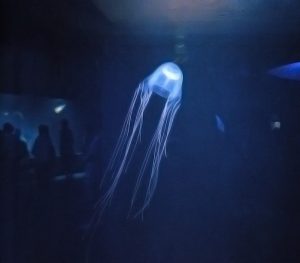
Box jellyfish – Wikipedia
Box jellyfish:
If you’re stung, get out of the ocean right away. Do not rub the affected area. Pour plenty of vinegar on the affected area (only effective for box jellyfish). Gently remove the tentacles by hand. If it hurts, apply ice or cold water. Go to the hospital.
First aid Crown of thorns starfish, Sea urchin, Stonefish, Lionfish, Striped catfish eel, Flower urchin:
Remove any large, visible spines and bathe in 40 to 45°C water. You can also pour hot water in a plastic bag and apply it to the affected area. Be careful not to burn yourself.
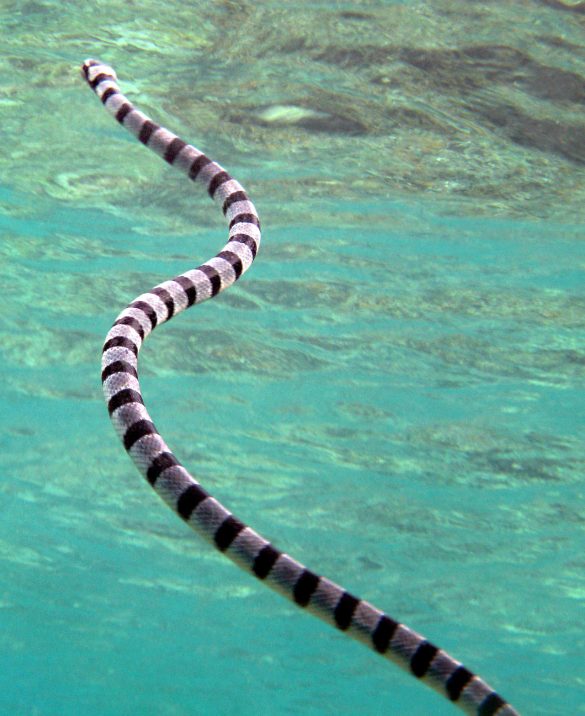
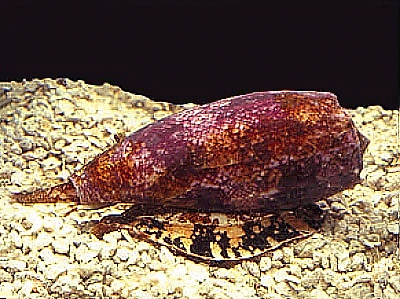
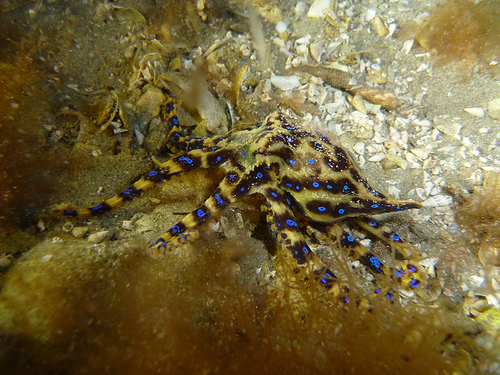
First aid Blue banded sea snake, Geography cone, Blue ringed octopus:
Squeeze out the poison and rush the victim to the hospital.
First aid Portugese Man O’ War:
Wash off the tentacles with seawater and apply ice or cold water.
Prevention of infectious deseases
- Leptospirosis. This infection can occasionally be caused in the summer time by playing or walking in/through rivers (mangroves). It goes through the skin. If you have a sudden fever, headache and aching muscles 5 to 14 days after going in a river, consult a doctor.
DRINKING & DRIVING
In Okinawa prefecture, drinking and driving is forbidden by law.
This page was written with the help of government information.

